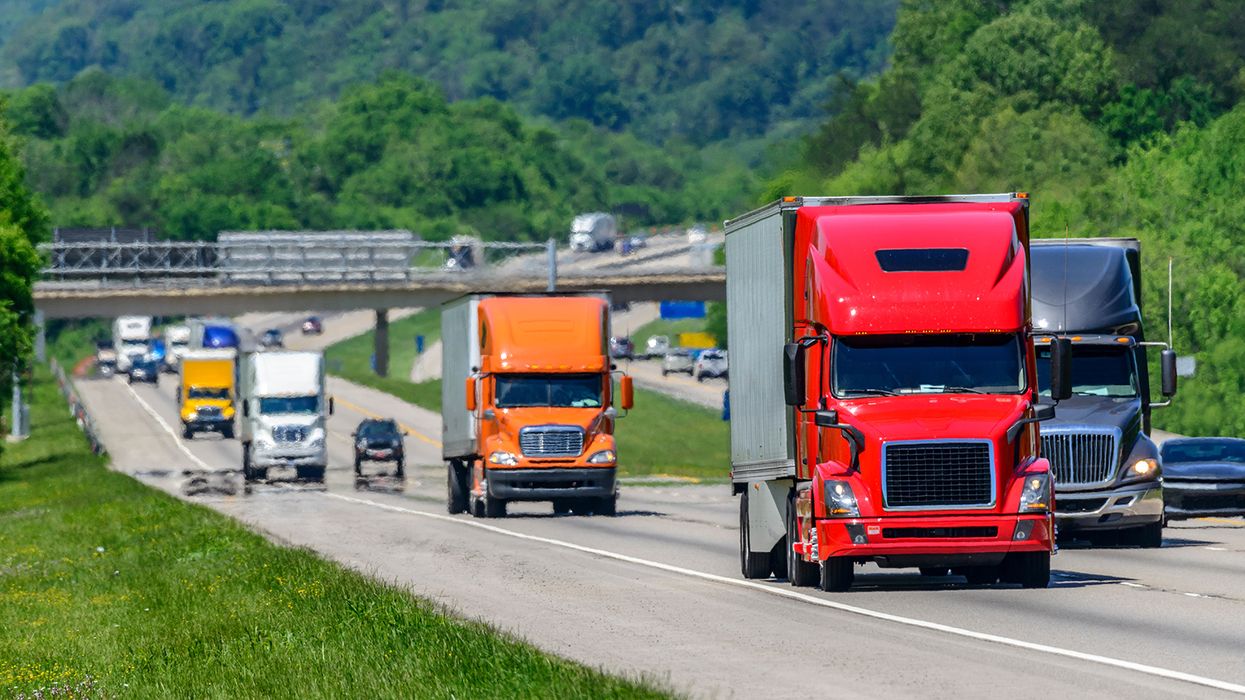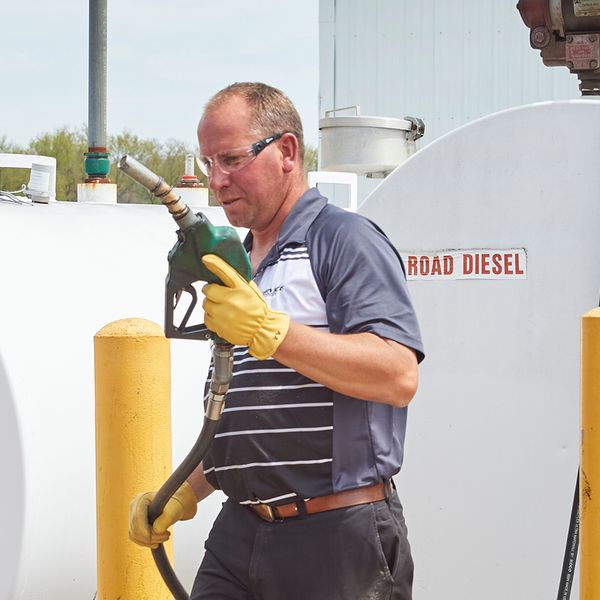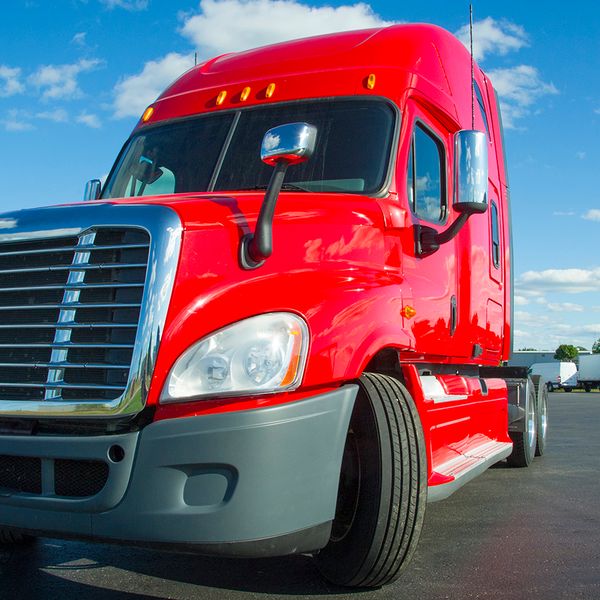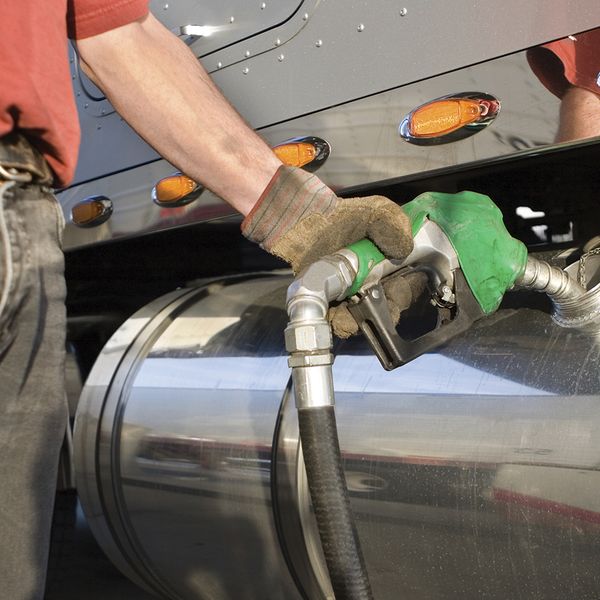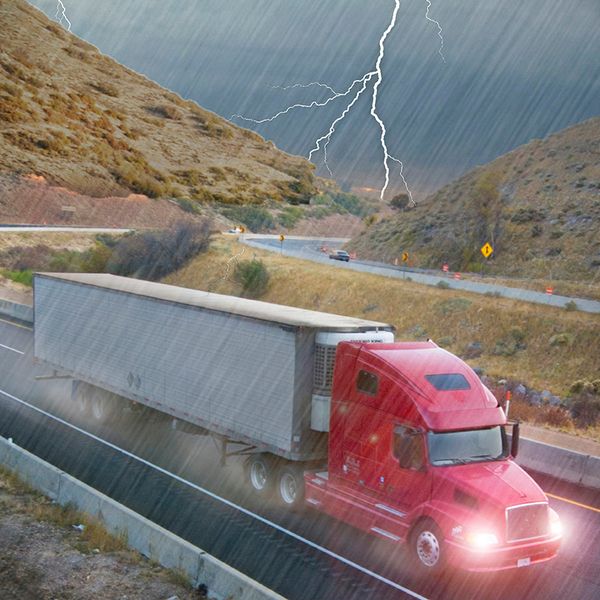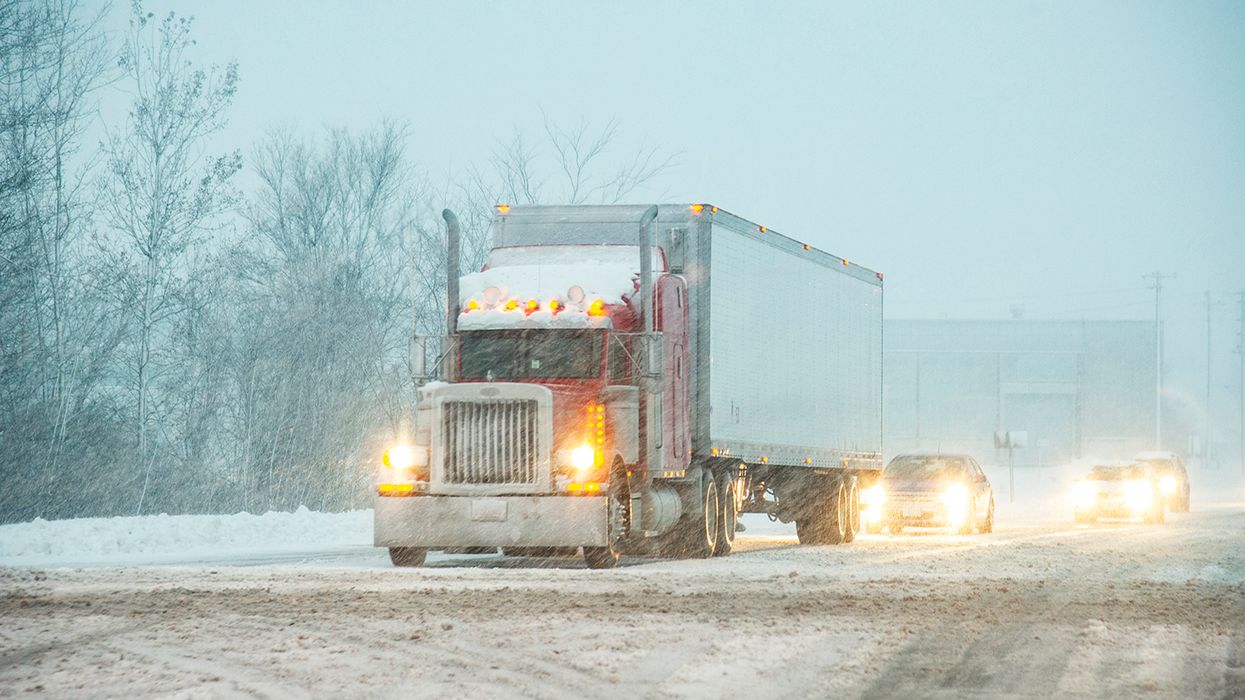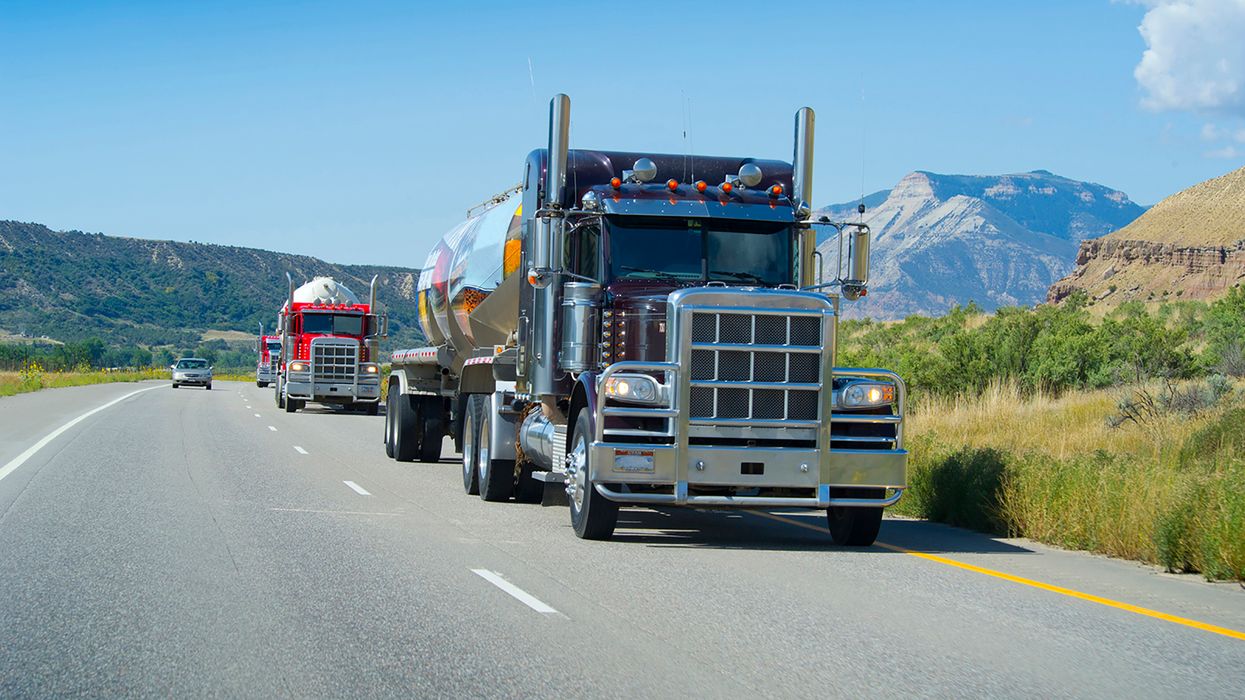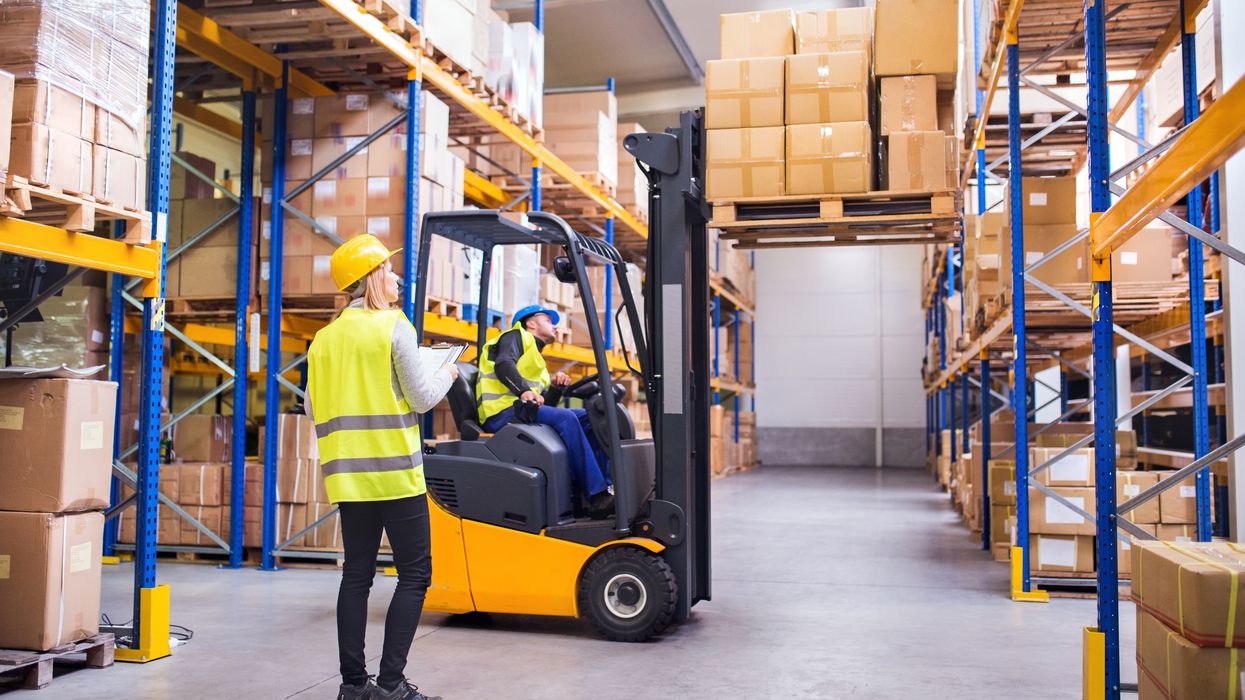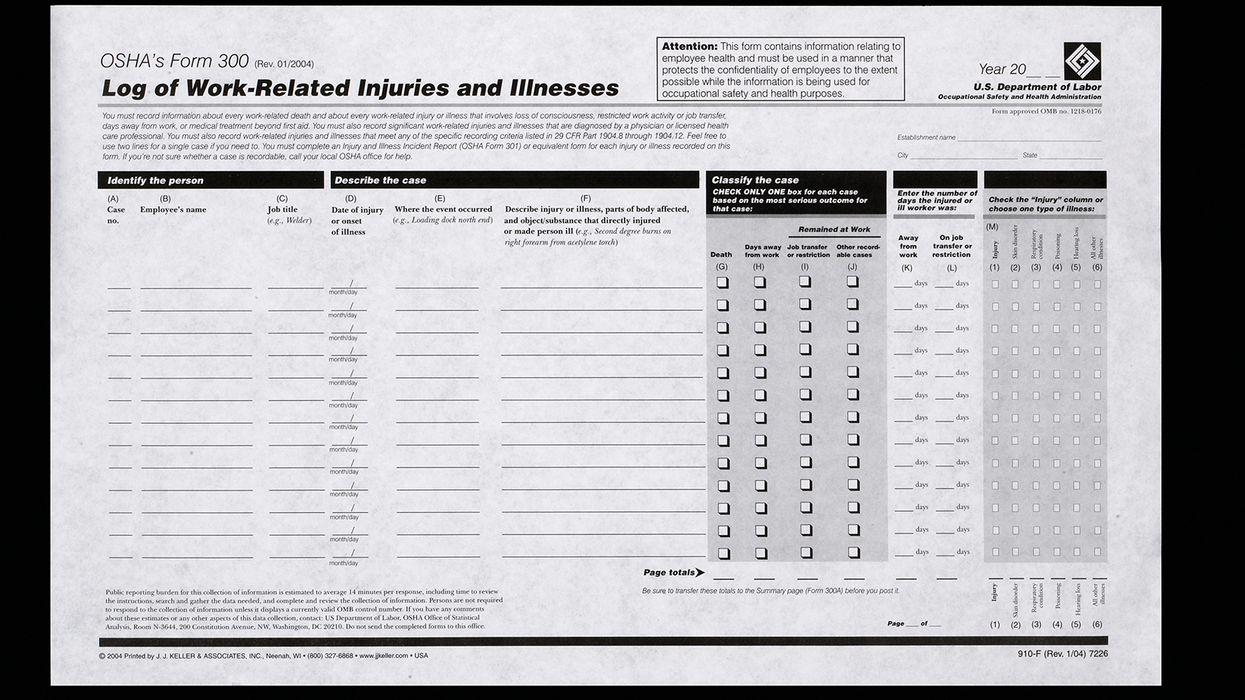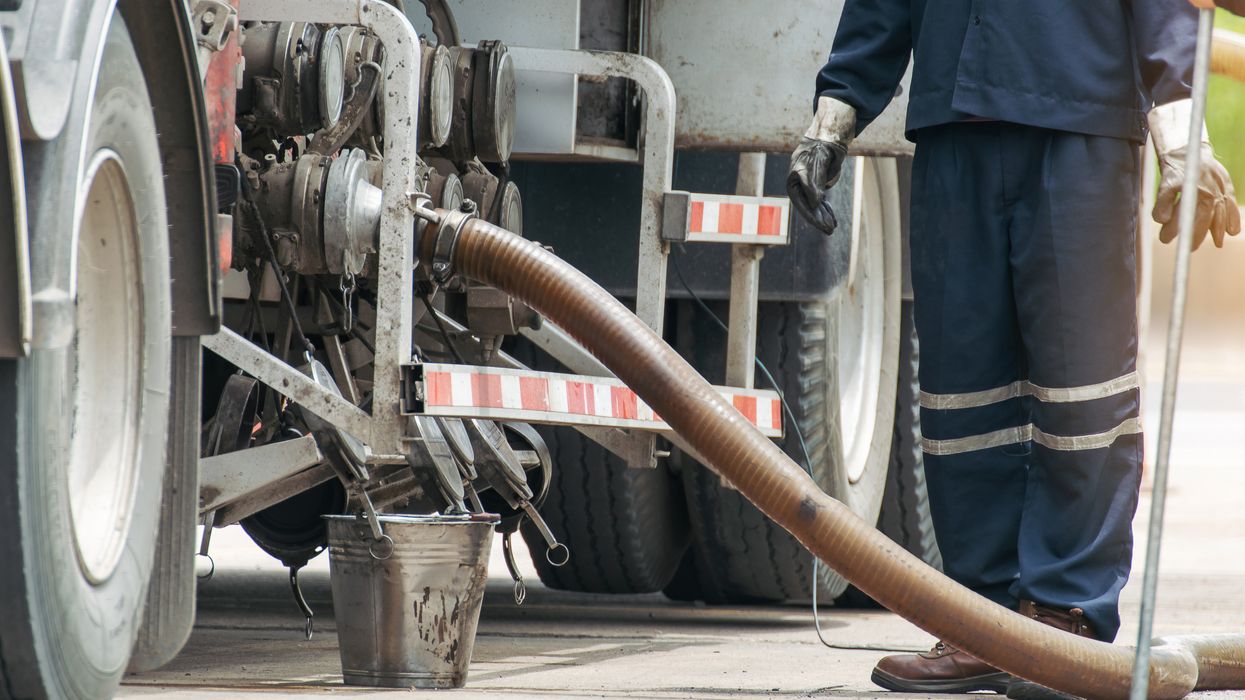Training drivers with fuel efficiency in mind
If nothing else, the recent surge in fuel prices serves as a reminder for motor carriers and drivers to do all that they can to keep fuel consumption low. Not only will using less fuel benefit your carrier’s bottom line and minimize your fleet’s impact on the environment, but fuel-efficient driving techniques are also safe driving techniques. By focusing on the driver behaviors discussed below, you can improve driver safety and fuel efficiency.
Fuel-efficient driving practices
Safe drivers follow the speed limit and avoid aggressive driving behaviors. This is also the key to increasing fuel efficiency. Train your drivers to be aware of the following fuel-efficient driving behaviors:
- Driving at slower speeds. Tests have clearly proven that every mile per hour of additional speed over 55 mph costs an additional two percent or more in fuel consumption. Faster speed also increases air resistance, causing the engine to work harder at 65 mph than it would traveling at 55 mph.
- Accelerating smoothly. After starting, select a gear that allows the vehicle to roll without slipping the clutch. Accelerate smoothly; uneven action wastes fuel.
- Maintaining a steady speed. Braking unnecessarily causes a loss of momentum. The only way to regain it is by accelerating, which means burning more fuel.
- Using progressive shifting. This practice reduces equipment wear, cuts down on noise, and saves fuel. When using progressive shifting, drivers only accelerate enough to bring RPM up to the point where they can shift. Shifting before running the engine up to the governor saves fuel by not relying on the governor.
Regular maintenance conserves fuel
Safe drivers also complete thorough vehicle inspections before driving, each time they stop, and at the end of the day. Catching equipment issues early increases vehicle safety as well as fuel efficiency. Remind your drivers of the importance of inspecting each of the following so they or a technician can fix problems early:
- Inspecting wheel bearings and seals. Check wheel assemblies and axles for grease and oil leaks. Keeping wheel bearings properly lubricated reduces the rolling resistance of the wheel.
- Fixing dragging brakes. Trying to accelerate or maintain speed while the brakes are trying to slow the vehicle or keep it stopped will lead to decreased fuel mileage.
- Increasing aerodynamics. Avoid attaching items to the vehicle that reduce aerodynamic performance. Also consider aerodynamics when loading flatbed trailers.
- Changing filters. Filters should be changed according to the vehicle manufacturer’s specifications. Dirty oil, fuel, and air filters can decrease fuel efficiency.
- Checking fluid levels. Low fluid levels can lead to additional draw on the engine due to additional friction in components, reducing fuel mileage.
- Inspecting fuel system integrity. Problems in the fuel system need to be corrected early, as leaking fuel lowers mileage.
Planning ahead to increase efficiency
- Trip planning. Besides saving time, good trip planning can save fuel. When selecting a route, consider fuel efficiency. Select a route with fewer stops and starts. Stop-and-go traffic or driving in small towns uses more fuel than driving a few miles out of the way to reach a controlled-access highway.
Don’t waste fuel idling
This last category doesn’t relate directly to safe drivers, but it is a huge contributor to the problem of wasted fuel. Letting an engine idle is literally the least efficient it can be. Train your drivers when idling is appropriate and when turning the engine off is the better option:
- Startup. In most cases engines don’t need to idle for a long time after being started. Starting out slowly and smoothly allows lubricants to get circulating and is sufficient with newer vehicles. An engine should idle for no more than five minutes. This should be enough time to get it warmed up properly.
- Cool down. After a hard run, cool down time should be limited to two or three minutes of low-RPM running under low engine-load conditions before turning off the engine. If the vehicle has traveled at a slow speed for at least 15 minutes (for example, on city streets), that time should replace cool down time.
- Loading and unloading. Leaving an engine idling while loading and unloading adds significantly to fuel costs. It takes less fuel to shut off and restart an engine than it does to leave it idling.
We hope that the suggestions we provide this month help you train your drivers to keep fuel efficiency — and safety — in mind while they’re on the road.
Key to remember: Training drivers with fuel efficiency in mind can help a motor carrier lower fuel costs and improve driver safety.

